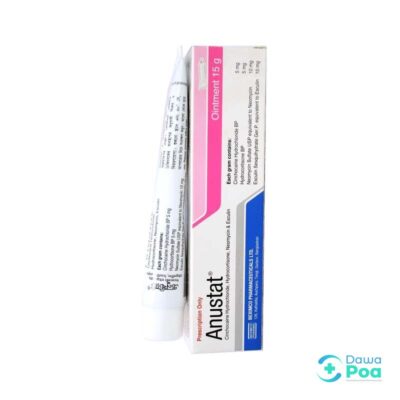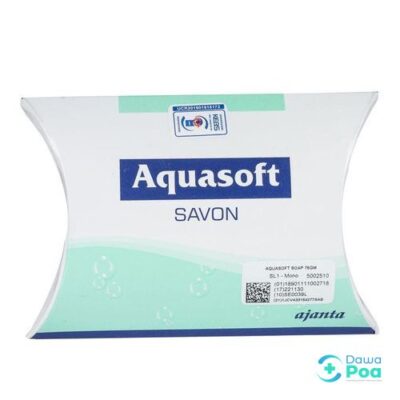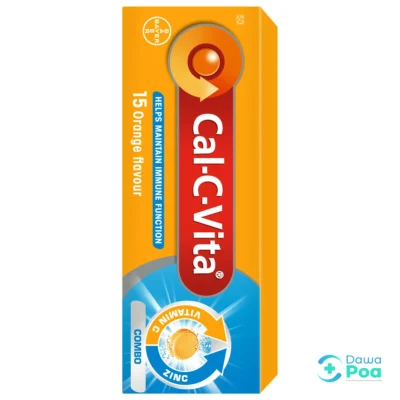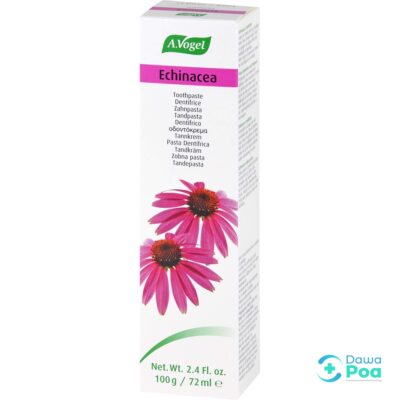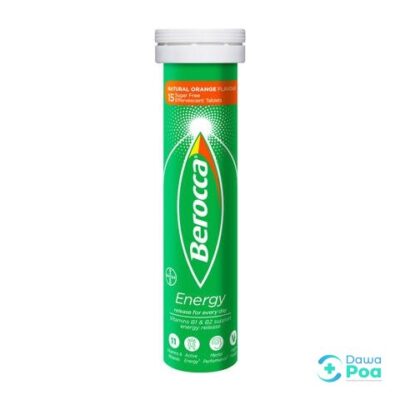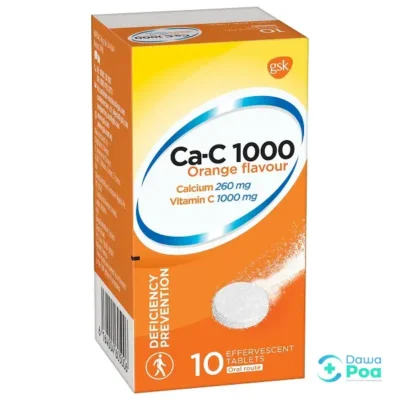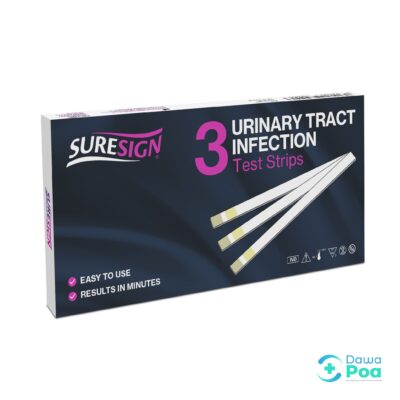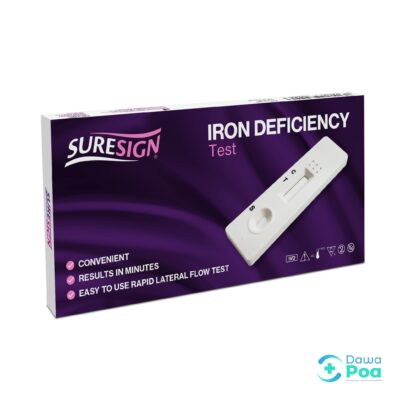Suresign Blood Pressure Monitor
KSh 4,500.00
Suresign Blood Pressure Monitor is a reliable, easy-to-use device designed to help you keep track of your blood pressure from the comfort of your home. With its advanced oscillometric technology, it provides accurate and consistent readings of your systolic and diastolic blood pressure, as well as your heart rate. The large, backlit LCD display ensures clear visibility, even in low-light conditions, while the adjustable cuff fits most arm sizes comfortably. Compact and portable, the Suresign Blood Pressure Monitor is perfect for daily use, helping you stay informed about your cardiovascular health.
Out of stock
Blood Pressure Monitoring
Why You'll Love It
- Accuracy:Delivers readings with up to 99% accuracy, helping you monitor your blood pressure with confidence.
- Ease of Use:Simple to operate and store, allowing you to test from the comfort of your home in minutes.
- Irregular Heartbeat Detection:Equipped with technology that detects irregular heartbeats, providing an early warning for potential heart problems.
- Two-User Memory:Features a 2-user memory, storing 60 measurements each, making it ideal for couples or individuals tracking their blood pressure over time.
- Portability: Compact design makes it easy to take with you, ensuring you can monitor your blood pressure wherever you go.
Suggested Use
- Preparation:Find a quiet, comfortable place to sit with your back straight and feet flat on the floor. Rest for at least five minutes before taking a reading to ensure accurate results.
- Positioning:Place your arm on a flat, steady surface with your palm facing upwards. Wrap the cuff snugly around your upper arm, about one inch above your elbow. Ensure it’s not too tight.
- Measurement:Turn on the monitor and follow the manufacturer’s instructions. Press the start button and stay relaxed, avoiding any movement or talking during the measurement.
- Recording:Write down the reading as soon as possible. Keep a log of your blood pressure readings to understand trends and share with your doctor.
- Date and Time Setting:To ensure accurate measuring time, preset the date and time correctly before using the device for the first time. If you want to change the date and time, please repeat the setting procedure.
Warning
Your blood pressure reading will show a top number and a bottom number. The top number is your systolic blood pressure, the highest level your blood pressure reaches when your heart beats and pumps blood around your body. The bottom number is your diastolic blood pressure, the lowest level your blood pressure reaches as your heart relaxes between each beat. Your reading will be measured in millimetres of mercury (mmHg) – the ideal blood pressure reading is between 90/60mmHg and 120/80mmHg.
- Measure one hour after smoking or drinking alcohol/coffee.
- Do not move or talk during measurement, as this will affect the accuracy.
- If you have any health concerns, consult a healthcare professional for advice.
- Always read the instruction manual carefully before using the blood pressure monitor.
- Measure at least one hour after eating and avoid measuring immediately after bathing.
- If you suffer from atrial or ventricular premature beats or atrial fibrillation, you may get an inaccurate reading.








